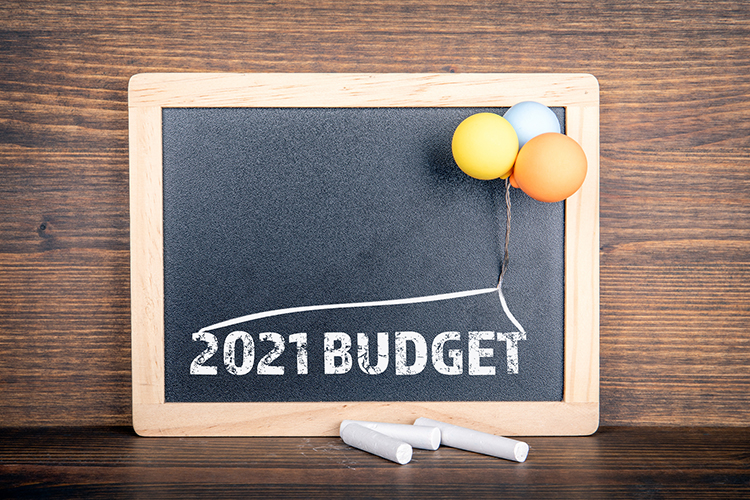
“2020 has certainly been a roller coaster year,” said dairy analyst Matt Gould, stating the obvious during the Pennsylvania Center for Dairy Excellence’s “Navigating the Numbers” financial and risk management conference. “No one thought 2020 was going to be a bad year.”
Gould, who is the president and CEO of Dairy Market Analyst Inc. and the chief market analyst at Rice Dairy LLC, quickly turned his attention to 2021. While he said there is always room for plenty of surprises, he focused on four factors that can be used to forecast dairy prices for the year ahead.
“I’m going to let the cat out of the bag early,” he said. “2021, knowing what we know today, is setting up to be a mediocre year.”
Global milk supply cycle
The first of the four high level indicators he used to make that prediction is the global milk supply cycle. He said that we are currently in a neutral zone, where we don’t have a surge in milk production ahead, but there isn’t a big contraction coming, either.
“You want some level of growth to keep in balance with growing demand,” he said. “We know populations are growing worldwide, middle class is growing, and there is rising demand for dairy. But, when you get above 1.5 billion pounds of global production per month, we outpace that demand and build up inventories.”
Gould indicated that our current global milk supply cycle position will likely have a neutral effect on 2021 dairy prices.
Inventory cycle
Next, he spoke about the inventory cycle. “All of the world’s balancing capacity is in milk powder. When we have too much milk, we put it into milk powder. That suppresses milk prices immediately as we build inventories, but it overhangs the market. Once we clear inventories, then prices tend to spike,” Gould explained.
Currently, he said we don’t have big inventories. Therefore, our inventory position is price positive, or price supportive, for 2021.
Trade cycle
Gould said that over the past 20 to 25 years, the U.S. opened up new export markets. That led to growing exports, more global customer access, and new demand, and it resulted in a price-supported period.
Now, Gould shared that other countries are making the trade agreements and getting new customers, while the U.S. has not booked new trade style agreements in a long time.
“This lack of a trade tailwind is price negative,” he said. “Lack of new global demand growth is going to hurt us. There is no two ways about it.” For this reason, global trade appears to be a price negative factor for 2021.
The three-year price cycle
The final indicator Gould used was the three-year price cycle, which many farmers are familiar with. Historically, every third year has been a good year for dairy. Unfortunately, low milk prices also seem to follow that three-year pattern. “It’s an unbelievably reliable indicator,” Gould said.
According to that pattern, 2020 was supposed to be a high note for dairy, before the pandemic hit. On the flip side, down years occurred in 2009, 2012, 2015, and 2018 . . . and if history holds true, 2021 would join that list.
Our position in the three-year cycle puts us in a price negative situation, noted Gould. “It seems like we are going to have difficult headwinds ahead of us,” he said.
So, the scorecard for 2021 based on these four indicators is a mixed bag. “2021 is setting up to have some good things and some bad things,” he said. Gould predicted that will put us on course to be pretty price neutral, or mediocre, in the year ahead.








